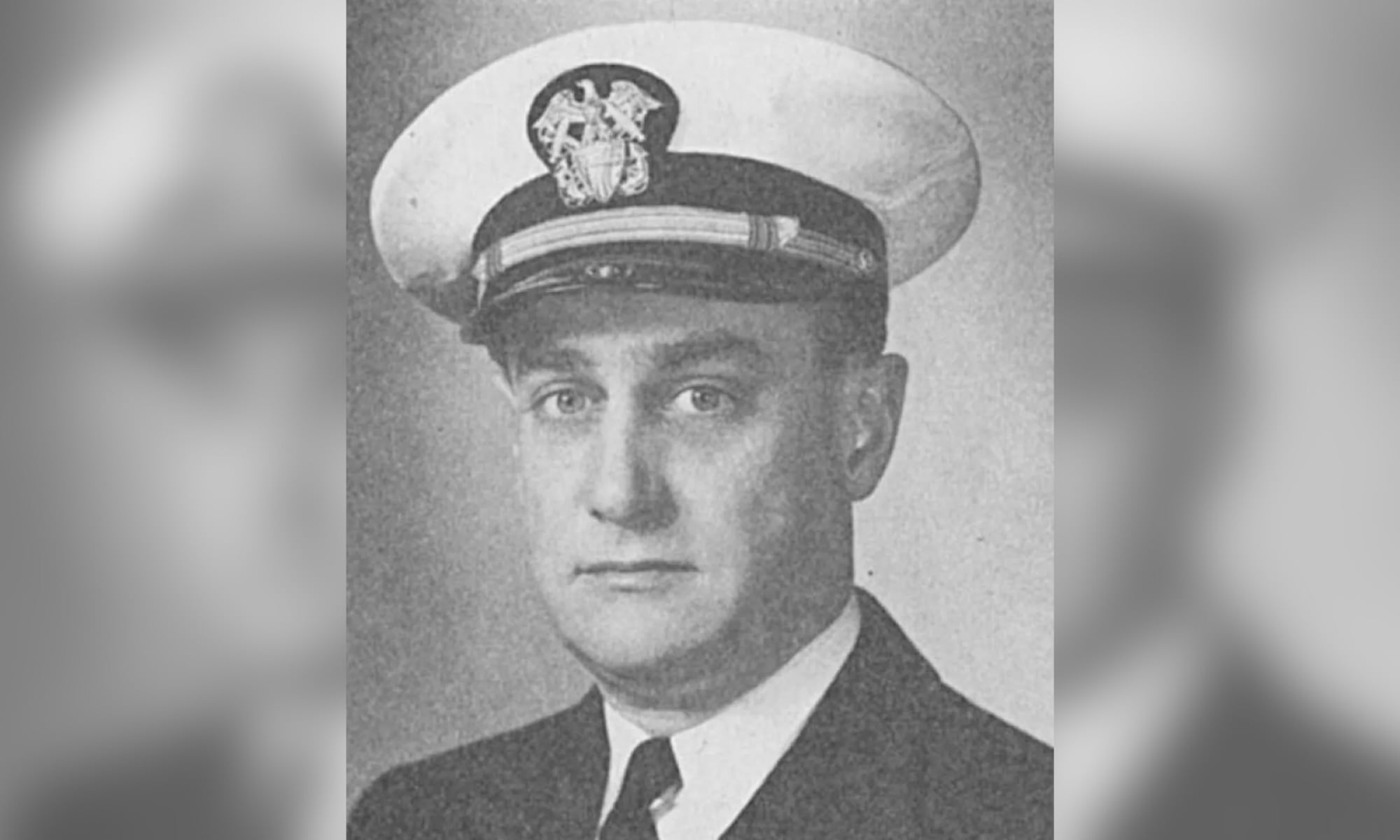A new exhibit is coming to the Smithsonian’s National Museum of African American History and Culture chronicling African American participation in World War I and how blacks continued fighting for equality once they returned home.
Retired Army Col. Krewasky Salter curated the exhibit, titled “We Return Fighting: The African American Experience in World War I” in order to “tell the unvarnished truth” and share stories that people “need to hear.”
The 4,000-square-foot exhibit is divided into three portions to examine African American life before the war, during the war, and after the war for both service members and civilians.
It delves into how blacks serving in segregated units believed their service in the war would lead to full citizenship rights, how black officers faced discrimination from white officers, and how whites were concerned about arming black soldiers, among other things.
One issue the exhibit raises is that African Americans were not awarded the Medal of Honor in World War I, even though six African Americans were awarded the Medal of Honor for their service in the Spanish-American War.
“The next time African Americans were awarded the Medals of Honor was the Korean War in 1952,” Salter, who is a guest curator for the National Museum of African American History and Culture, told reporters Thursday. “So why did no African American receive the Medal of Honor — all those you saw who fought in World War I and World War II? To me, it speaks to Jim Crowism.”
Eventually, two African American soldiers who fought in World War I did receive Medal of Honors. Cpl. Freddie Stowers was posthumously awarded the Medal of Honor in 1991, and Pvt. Henry Johnson later in 2015.
But they may not be the only African American soldiers to earn the award.
Salter noted that there are efforts to review service records of minorities who may not have received proper recognition for their service.
The National Defense Authorization Act, which passed in the House on Wednesday and is awaiting a vote from the Senate, contains a provision called the World War I Medals Review Act. The measure would direct the Pentagon to examine service records of decorated service members and work with the World War I Centennial Commission’s Valor Medals Review Task Force on the issue.
Approximately 400,000 blacks served in World War I. Units did not become desegregated until the Korean War in the 1950s.
After returning from Europe, blacks continued to face discrimination and violence as race riots broke out in what is known as the Red Summer. In total, 12 black World War I veterans were lynched during the Red Summer, according to the exhibit.
“What was the lesson? The lesson was you should expect to be treated the way you were before the war and that your service has meant nothing,” John Morrow, University of Georgia history professor, told reporters.
But thanks to efforts from historically black universities, the black press, and organizations like the NAACP, the black public was “aware and informed,” Murrow said.
“So these young black soldiers returned to an atmosphere in which they and others could vow that they were going to change the United States to accept them as equals, however long the struggle took,” Murrow said.
Murrow argued this served as the catalyst for the Harlem Renaissance and “The New Negro,” a term used to describe advocacy against Jim Crow racial segregation.
Black womens’ service during the war and after is also highlighted in the exhibit, including the story of the three known black women the U.S. government approved to head to France to run YMCA canteens and leave stations for African American soldiers.
“Just like their male counterparts, women also hoped that their service to the country during this important time would result in hopefully, full citizenship rights after the war,” Lisa Budreau, senior curator of military history at the Tennessee State Museum, told reporters.
A decade after the war ended in 1929, then-U.S. President Calvin Coolidge’s administration launched a program to send Gold Star mothers and widows who lost their sons and husbands in WWI a pilgrimage to Europe where they could see their loved one’s grave.
But the pilgrimage was segregated, and black women did not receive the same accommodations as their white counterparts. Included in the exhibit are images of letters the NAACP sent to the Secretary of War in opposition.
“And so once again, the voice of the African American community arose and said ‘We are not going to accept this,’” Budreau said.
The exhibit contains a series of historical artifacts such as weapons, pistols, rifles and sabers, and uniforms donned by the French, Senegalese and African Americans. It also includes an interactive touch screen exhibit that provides photographs and information of 146 soldiers who served during WWI, among other works of art.
The public may visit the exhibit starting on Dec. 13, 2019. It will remain open until June 14, 2020.





